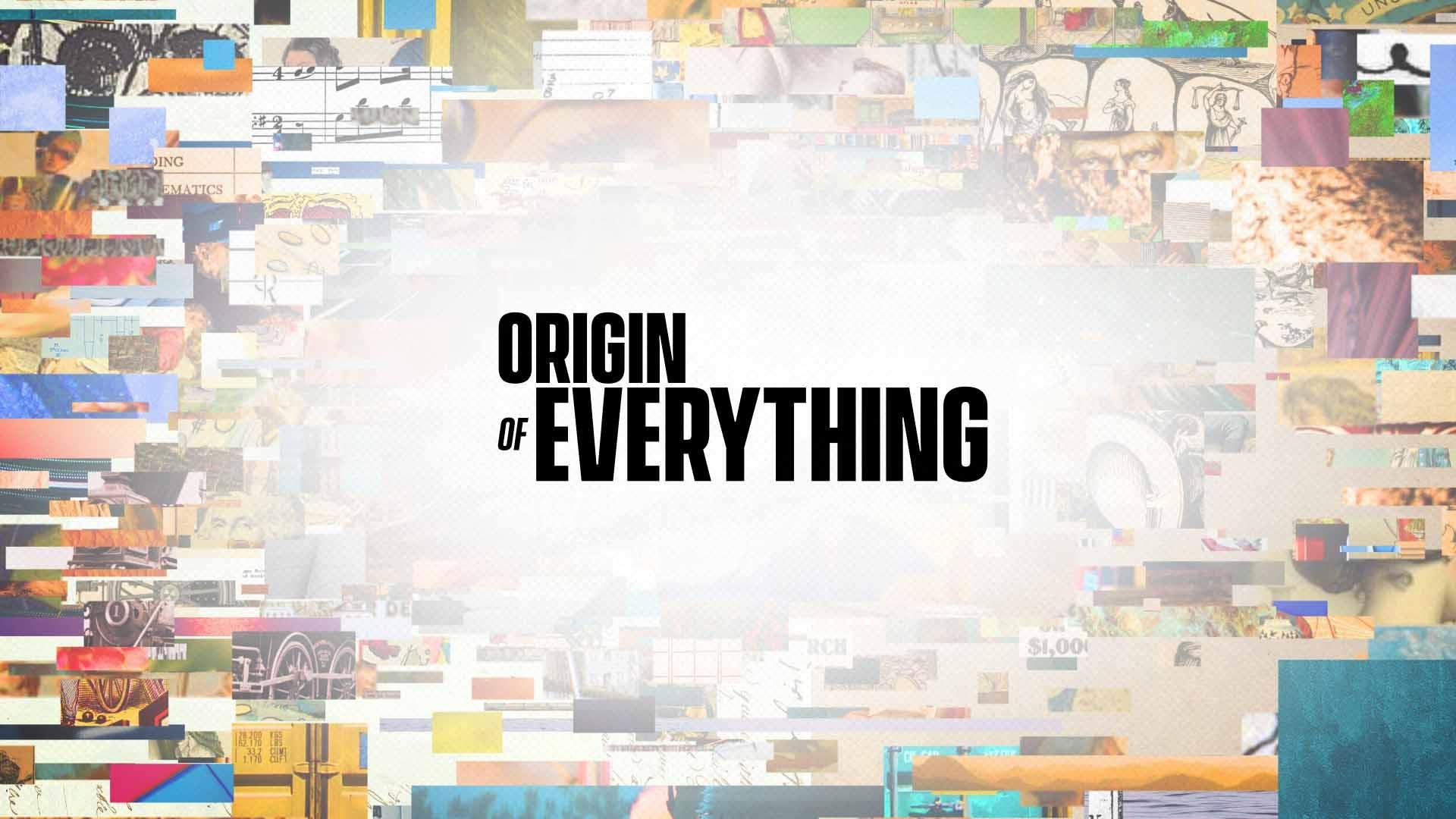


How We Discovered Germs
Every aspect of our daily reality, whether its the words we use, the pop culture we love, the technology that get us through the day, or even the identities we give ourselves, emerge from thousands of intersecting histories. And on this show, we're going to explore them ALL! . . . Okay, maybe not ALL, but you get the idea.
How We Discovered Germs
Season 3 Episode 11 | 9m 7s | CC
Humanity didn't always know about the invisible viruses, bacteria, and microbes that can cause disease. But that doesn't mean we didn't come up with some truly bizarre ideas. From the four humors and miasma theory to bloodletting and trepanation, Danielle traces humanity's winding road to the Germ Theory of Disease that revolutionized the medical profession.
Related stories

Colorado Experience
Colorado Experience: Hidden History of Cheesman Park
Learn the history of a site that began as one of Denver’s first cemeteries and its transformation to a landmark park and safe space for the LGBTQ+ community.

History
New History Colorado exhibit captures vibrancy of Denver’s Vietnamese community
History Colorado’s newest exhibit showcases Denver’s Vietnamese community with oral histories, art and memorabilia. The exhibit opened October 21 and will stay for a year.
| Andrea Kramar

History
'Nobody remembers history': A Colorado reenactor on telling the complete story of the West
Perez is a cowboy who has staged reenactments for four decades. Wild West shows of this kind date back more than 150 years, but Perez said his work has taken on more significance recently.
| Ziyi Xu
























